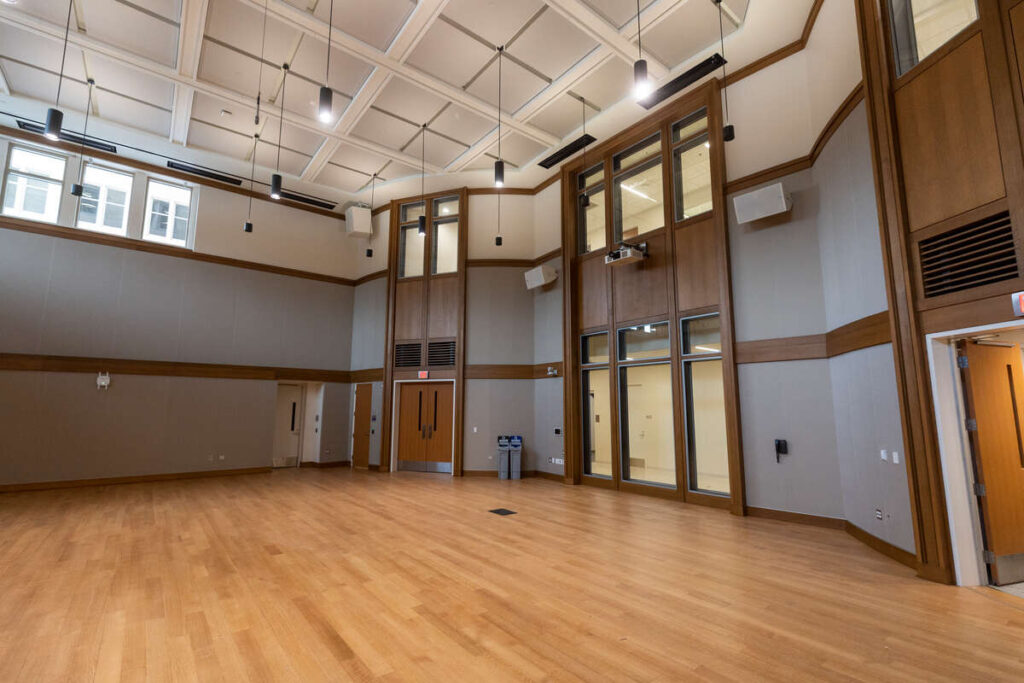
Corrine Carvalho
I know what you’re thinking: how is integrated planning the foundation of the strategic plan? Won’t the most important changes be the revisions to our curriculum, or becoming a more diverse community, or reaching out to our local and global communities?
While I would agree with many people that these changes are more visible and perhaps more exciting, they can all be accomplished better if we have in place excellent university-wide planning processes. Integrated planning is at the heart of One University.
The Integrated Planning task force focused their work on building better decisionmaking processes for essential elements of our university operations. In fact, their charge clearly outlined their work. "Successful integrated planning requires a high level of coordination between academic planning, co-curricular planning, operations planning, information technology planning, facilities planning and human resource planning in order to maximize the use of the finite resources available to the institution."
The initiatives that came out of this task force are well underway. Perhaps the one that has garnered the widest interest is the development of the campus master plan that identified possible building projects over the next 10 years. These proposed facilities map onto growing trends in our undergraduate and graduate programs, our student needs outside of the classroom, and support our engagement with the Twin Cities community.
The university hired an outside consulting firm, Huron, to help us address the management of our workforce. The first step of that was the Voluntary Departure Program which has given us flexibility to match workforce to need more effectively. Huron has also provided us some tools that will be used in our academic review process that will be implemented next academic year.
Out ITS department has also been hard at work implementing a plan for our use of technology. The creation of the new St. Thomas E-Learning and Research (STELAR) center in the lower level of the library is perhaps the most public example of this. Plan to come to its grand opening on Nov. 10 and try out a virtual reality experience using Oculus Rift.
While the budget process is perhaps the most invisible aspect of the work of Integrated Planning, I would argue that it is probably the most significant. The university has reorganized its budgetary offices and will implement a new incentive-based budget process next fall. This will better align resource allocation to planning.
I would personally like to thank the Integrated Planning task force and their leadership for the clear initiatives they have provided the university. It might be invisible work, but their expertise will help us achieve our goals.






